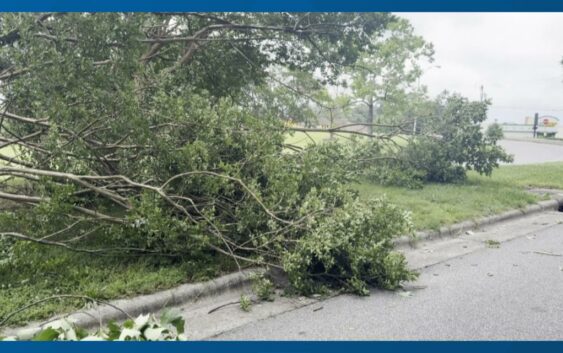- Severe weather possible for Houston this weekend | Weather Impact Alert issued
- Impact Plastics not responsible for workers killed in Helene flooding, TOSHA says
- 'A little emotional': Hurricanes equipment manager got seconds in goal, memory to last a lifetime
- WMO retires three hurricane names after devastating 2024 season
- Beryl removed from future hurricane naming lists
Duke Energy explains power grid upgrades ahead of hurricane season

The power company says they’re spending millions over the next 3-4 years on power grid upgrades.
GREENSBORO, N.C. — We’re days away from the start of hurricane season, and while the Triad is about 200 miles from the coast, we still may feel impacts from certain storms. Duke Energy said they’re making upgrades to our power grid so it’s ready for when storms come.
Duke Energy spokesperson Jeff Brooks said the power company is spending $50 million over the next three to four years on power grid improvements. The millions are going toward making the power grid stronger and able to recover faster. This includes pole and line upgrades, self-healing technologies, and adding a new sub-station.
Brooks explained the reason behind the upgrades.
“We’ve seen a lot of industrial and commercial growth here in the Triad that means great business opportunities, new jobs, that’s really great for the Triad, but it also means that we have to make sure the capacity is there to support those businesses reliably, while we continue to have all the customers that we have,” said Brooks.
Brooks said the number one cause of outages is downed trees. He recommends people contact Duke Energy or use a professional if they have unstable trees in their yards.
“We do trim what we can. We look for things called danger trees, trees that are dead or dying that need to be removed, and also, in some cases, we’re upgrading poles and placing them taller so they get above some of the common places where those tree limbs would come onto the line in some places, where reliability has just been really challenging, we may place those overheads lines underground,” Brooks explained.
Additionally, Brooks said that before planting a tree, one should consider where the tree is being planted and whether it could interfere with power lines in the future.